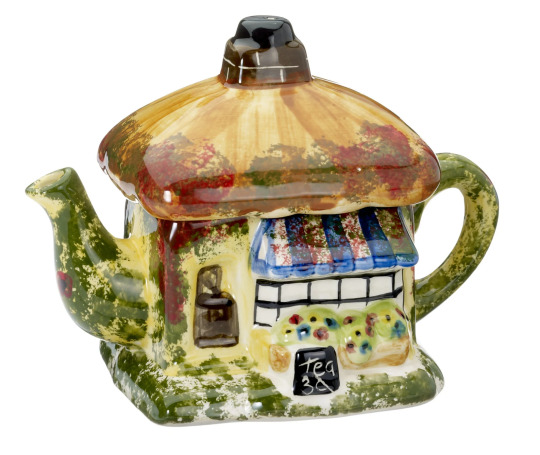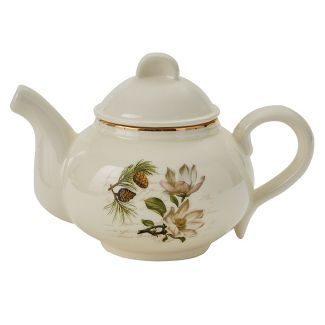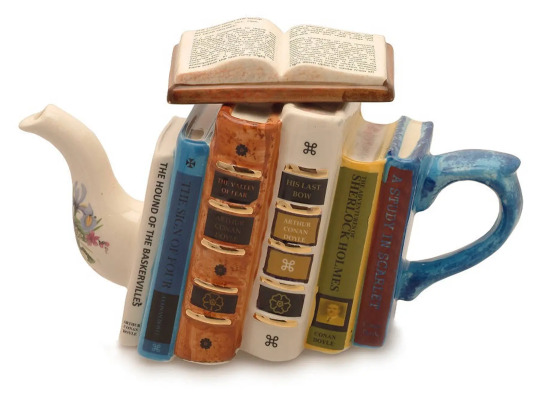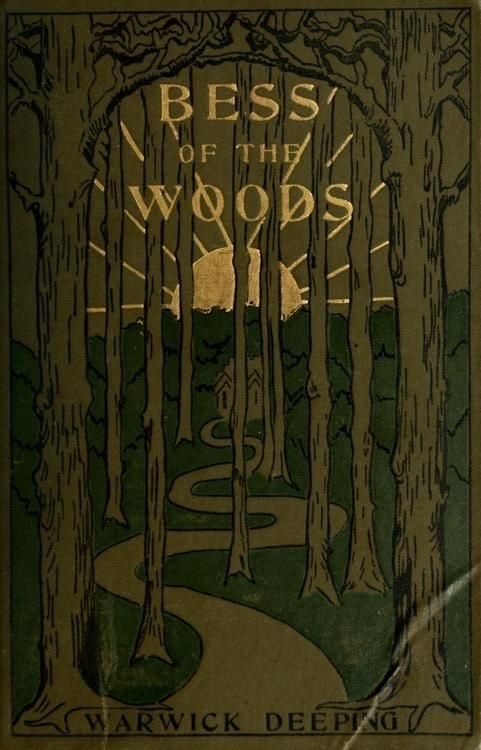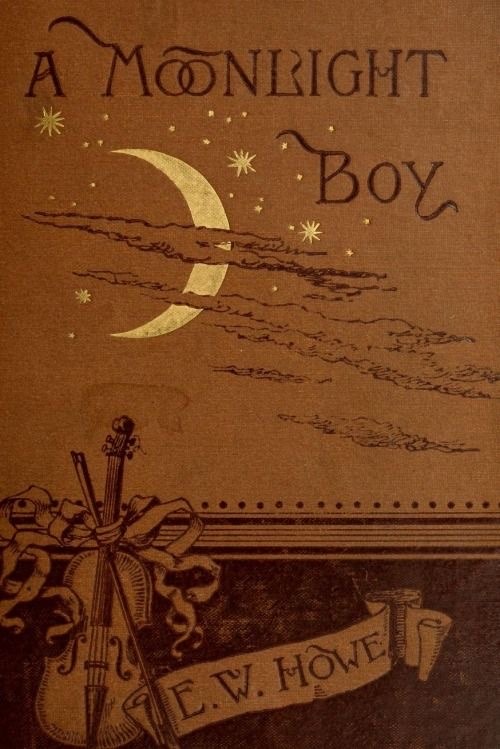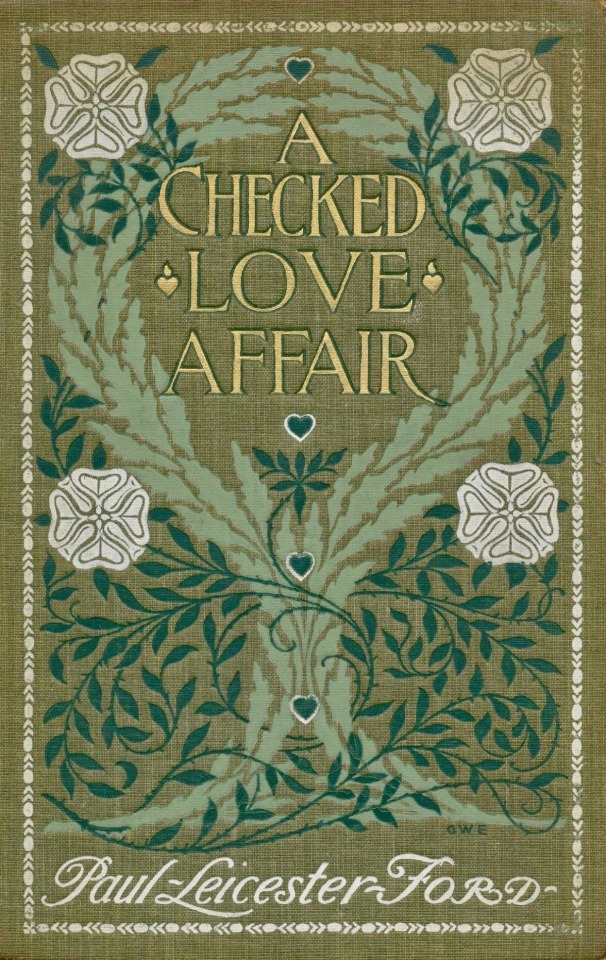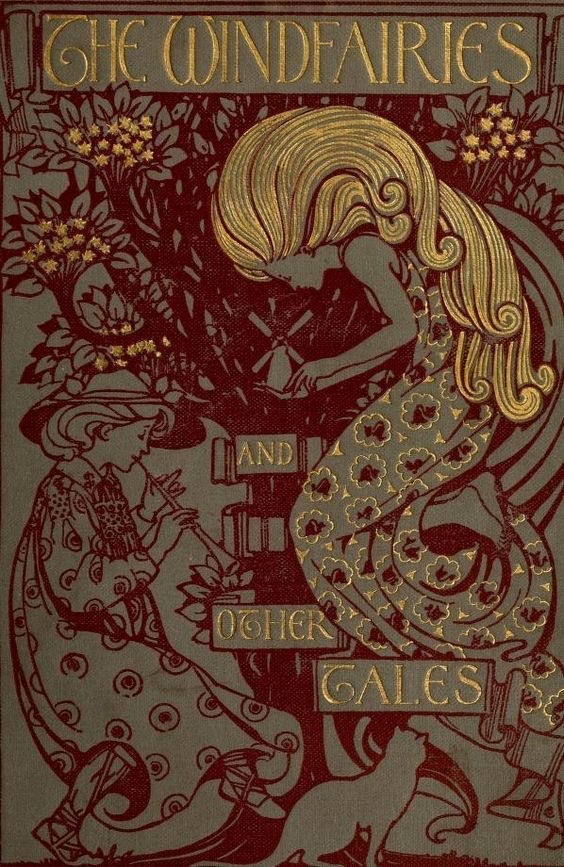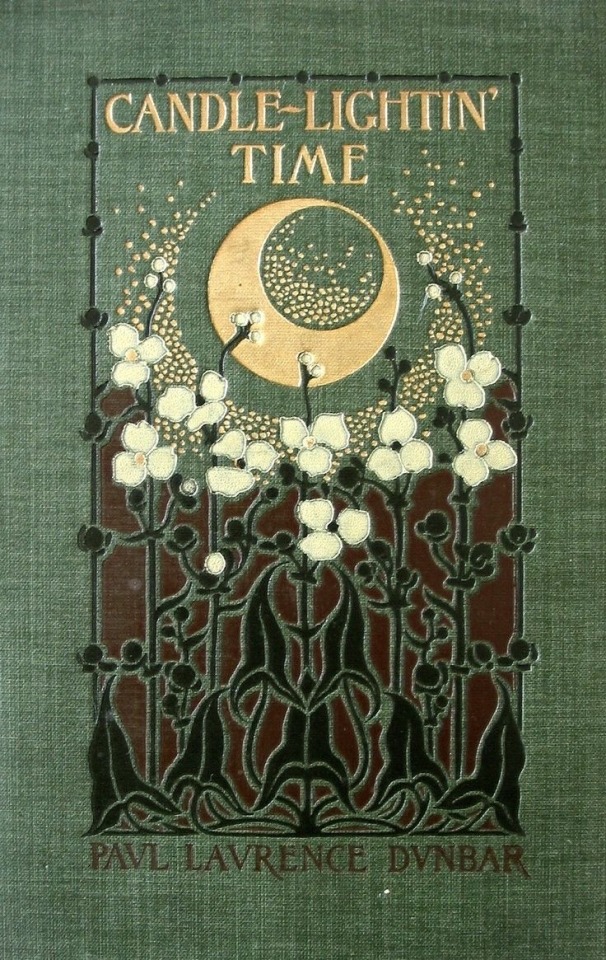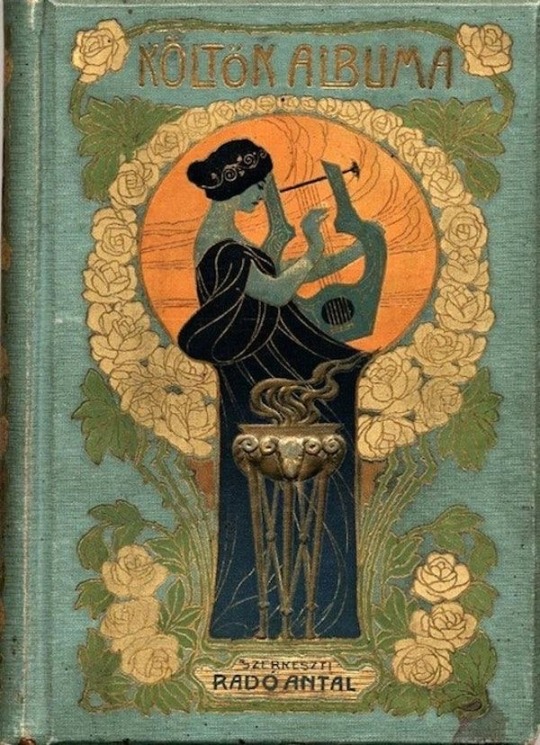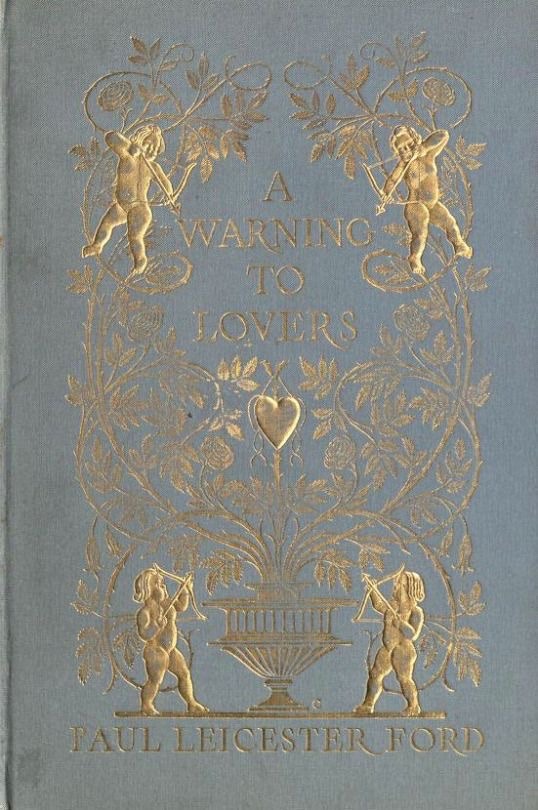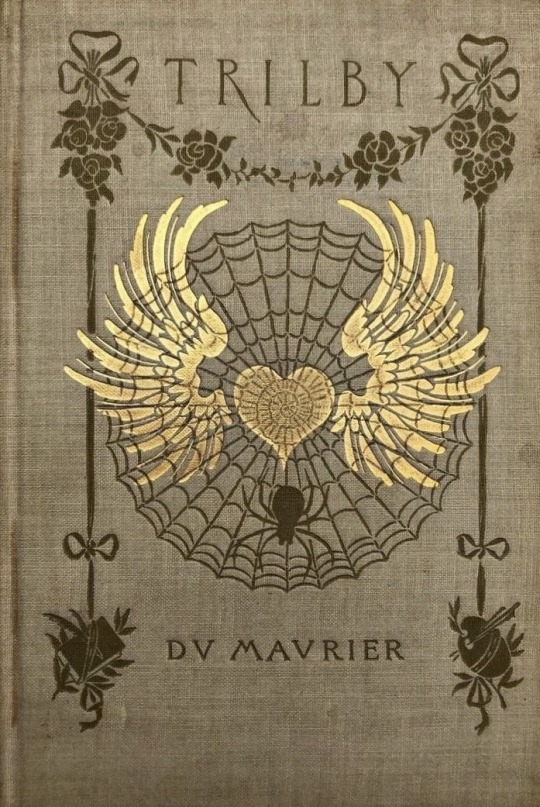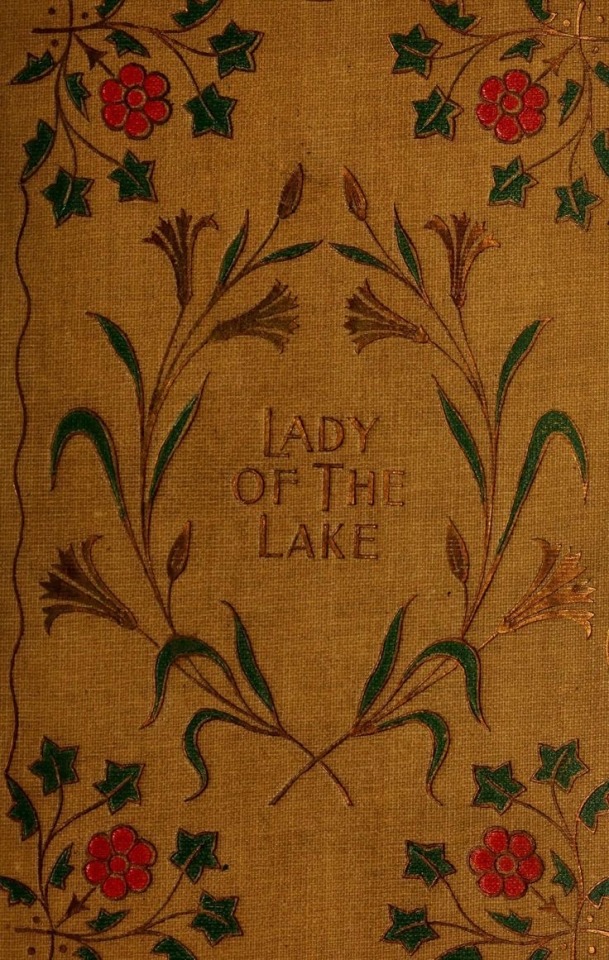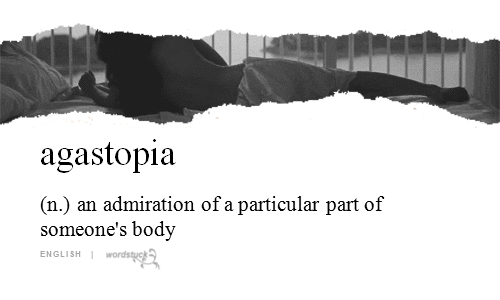A blog created for an August writing prompt opportunity
Don't wanna be here? Send us removal request.
Photo

Forugh Farrokhzad, from ‘On Loving’, Sin: Selected Poems
1K notes
·
View notes
Text
Person A: “Since when have you had kids?”
Person B: “Since roughly forty minutes ago.”
557 notes
·
View notes
Note
Hi, I love this blog so much and it gives me great tips on writing! But I was wondering if you have some links or tips on how to write in a steampunk style? It's for the novel I'm currently writing.
Given that I don’t have any post on it yet, nor do I have much experience with the genre, here’s a masterlist of links that will hopefully help you when it comes to writing steampunk:
Writing Steampunk Fiction: Tips
Guide to Writing Steampunk (The Writing Café)
Steampunk for Beginners
Writing Steampunk Archetypes
How to Write Steampunk
So You Want To: Write a Steampunk Story (TV Tropes)
5 Tips to Writing a Steampunk
8 Tips and Tricks Every Steampunk Writer Should Know
Steampunk Inspiration and How-To For Writers
Kady Cross Steampunk Advice
Steampunked
How Do I Write a Steampunk Story?
Writing Steampunk (Book)
Five Ways to Hop On the Steampunk Train
Credible Steampunk and How to Write it Real
Steampunk: A List of Themes
Writing Steampunk
2K notes
·
View notes
Quote
Of course I’ll hurt you. Of course you’ll hurt me. Of course we will hurt each other. But this is the very condition of existence. To become spring, means accepting the risk of winter. To become presence, means accepting the risk of absence
Antoine de Saint Exupéry, The Little Prince (via perfectquote)
1K notes
·
View notes
Text
pretty words
mellifluous: a sound that’s pleasing and sweet to hear
apricity: the warmth of the sun in winter
rakuyou: golden fallen or shedded leaves
retrouvailles: the happiness of meeting again after a long time
hitoritabi: traveling alone, solitary journey
luftmensch: an impractical dreamer, literally an air person, someone with their head in the clouds
raconteur: a talented storyteller who’s able to spin amusing tales from everyday tales; a person who tells anecdotes in a skillful and amusing way
sirimiri: a light rain
rimjhim: the pitter-patter of a light drizzle
petrichor: the mild and pleasant smell or scent of earth associated with the first rain after a dry spell
morii: the desire to capture a fleeting moment
fernweh: an ache for distant places; a strong desire to travel to far off places; being homesick for a place you’ve never been; a longing for unseen places even stronger than wanderlust
resfeber: the restless race of the traveler’s heart before the journey begins, when anxiety and anticipation are tangled together; a travel fever that can manifest as an illness
smultronställe: literally “place of wild strawberries” a special place discovered, treasured, returned to for solace and relaxation; a personal idyll free from stress or sadness
dustsceawung: literally “contemplation of the dust”; reflection on former civilizations and people, and on the knowledge that all things will turn to dust
heliophilia: desire to stay in the sun; love of sunlight
brontide: the low rumble of distant thunder
sophrosyne: soundness of mind, characterized by moderation, self-control, and prudence
mångata: the glimmering roadlike reflection of the moon on the water
koi no yokan: literally “premonition of love”; the extraordinary sense one has upon first meeting someone that they will one day fall in love
abditory: a place into which you can disappear; a hiding place
datsuzoku: an escape from your everyday routine
rame: something that’s both chaotic and joyful at the same time
toska: the ache of the soul; longing with nothing to long for
dès vu: the awareness that this will become a memory
saudade: the love that remains” even after someone is gone; a nostalgic or melancholic longing to be near again to something or someone that is distant, or that has been loved and then lost
452 notes
·
View notes
Text
The Darkest Hour for your Protagonist
Also known as the “crisis” or the moment when all hope is lost for your protagonist. The Darkest Hour is when your character hits rock bottom and that “happy ending” just seems unreachable. In this scene, success for your protagonist appears impossible.
What could be a Darkest Hour?
In my opinion, you want your darkest hour to be as dark as possible. Push things to the extreme, create stakes, and hurt your protagonist.
• Not just any death, but the death of someone your protagonist loves (did your protagonist fail to save them? They now blame themselves.)
• Not just a mild injury, but a serious and life-threatening one (does this injury follow your protagonist into the end of the story? Permanently?)
• Use their fears against them (if they’re afraid of snakes, don’t just have one appear… have them fall into a pit of them.)
• Make your protagonist lose all hope and put their insecurities on full display (they’re embarrassed and ashamed in front of everyone.)
• Attack their mentality just as much as their physicality. (Betrayals, lies, deceptions, self-doubts.)
When does it happen?
Typically, the Darkest Hour occurs right before the climax. Your protagonist is at their all-time low until they have an “a-ha!” moment and gain the hope, strength, or resources to overcome their conundrum and push into the climax of the story.
How does my Protagonist overcome their crisis?
There are numerous ways that your protagonist can trudge out of the mud and gain the strength to continue fighting. They could do it independently and prove themselves a true hero, pull hope from memories and past encounters, receive aid from allies, divine intervention, etc.
Why is the Darkest Hour Important?
The Darkest Hour is vital to a character’s arc and story because, during their all-time low, their true nature is revealed. Their insecurities, flaws, and fears are all out on the table and the readers get to see them at their most vulnerable. Watching them overcome the crisis shows the reader their growth as a character.
⭐ Show the readers how much your protagonist has grown. If this crisis happened at the beginning of your story, your protagonist would NOT have been able to overcome it. Only through their growth, learning, and plot experiences… are they able to overcome it now.
⭐THIS IS WHERE YOUR PROTAGONIST CAN FINALLY SEE THEIR MISBELIEF/FLAW.
During or after your protagonist’s Darkest Hour is an amazing place for your protagonist to realize the flaw in their thinking (their misbelief).
Referring back to older posts, your protagonist needs to have a “flaw” or “misbelief”. A false way of thinking that eventually, they will realize is wrong.
• “I’ll never be good enough.” • “Magic is wrong and I will never use it.” • “All aliens are evil and need to be eliminated.”
This misbelief should have been impeding on your character through the entire plot, causing them conflict and turmoil. After fighting for survival in their darkest moment, they realize they were thinking wrong all along.
• A character reminds your protagonist that they are good enough. • Your protagonist sees magic being used to heal their allies and realizes finally that it can be used for good. • An alien saves your protagonist from a bullet and suddenly your character sees that not all aliens are bad.
Instagram: coffeebeanwriting
6K notes
·
View notes
Photo
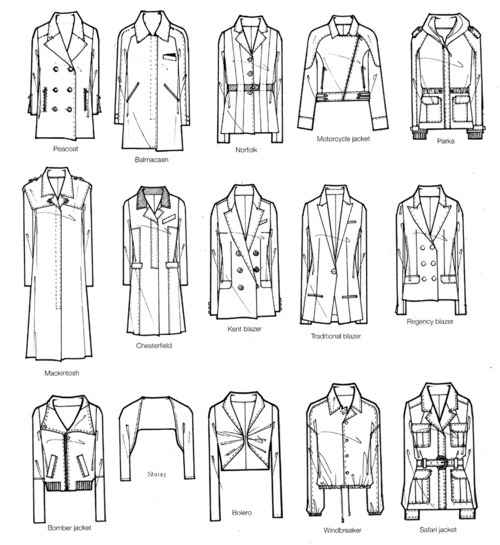
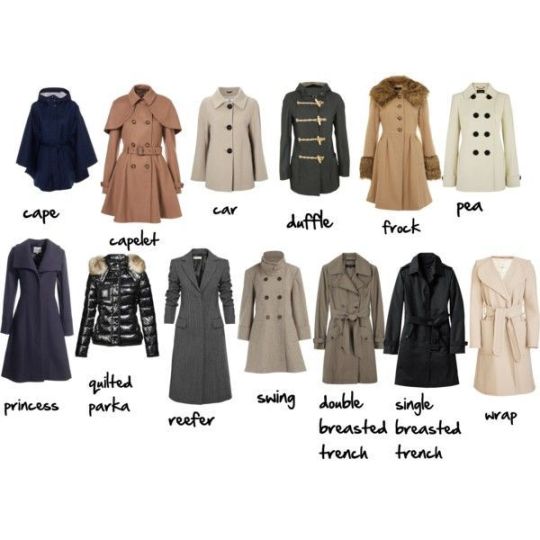
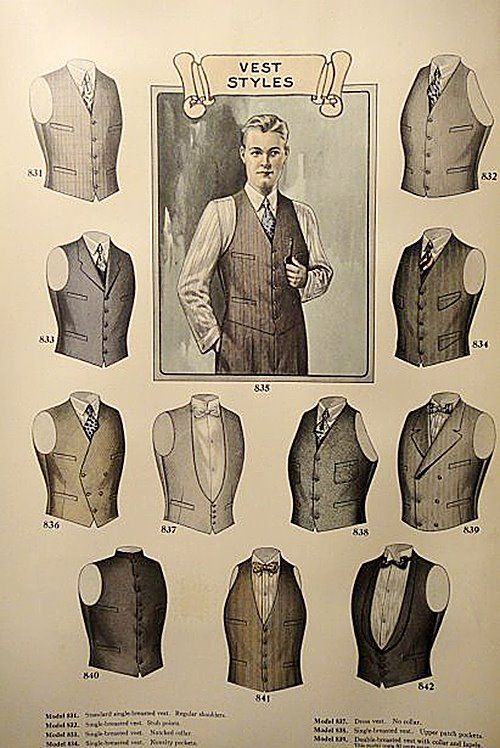
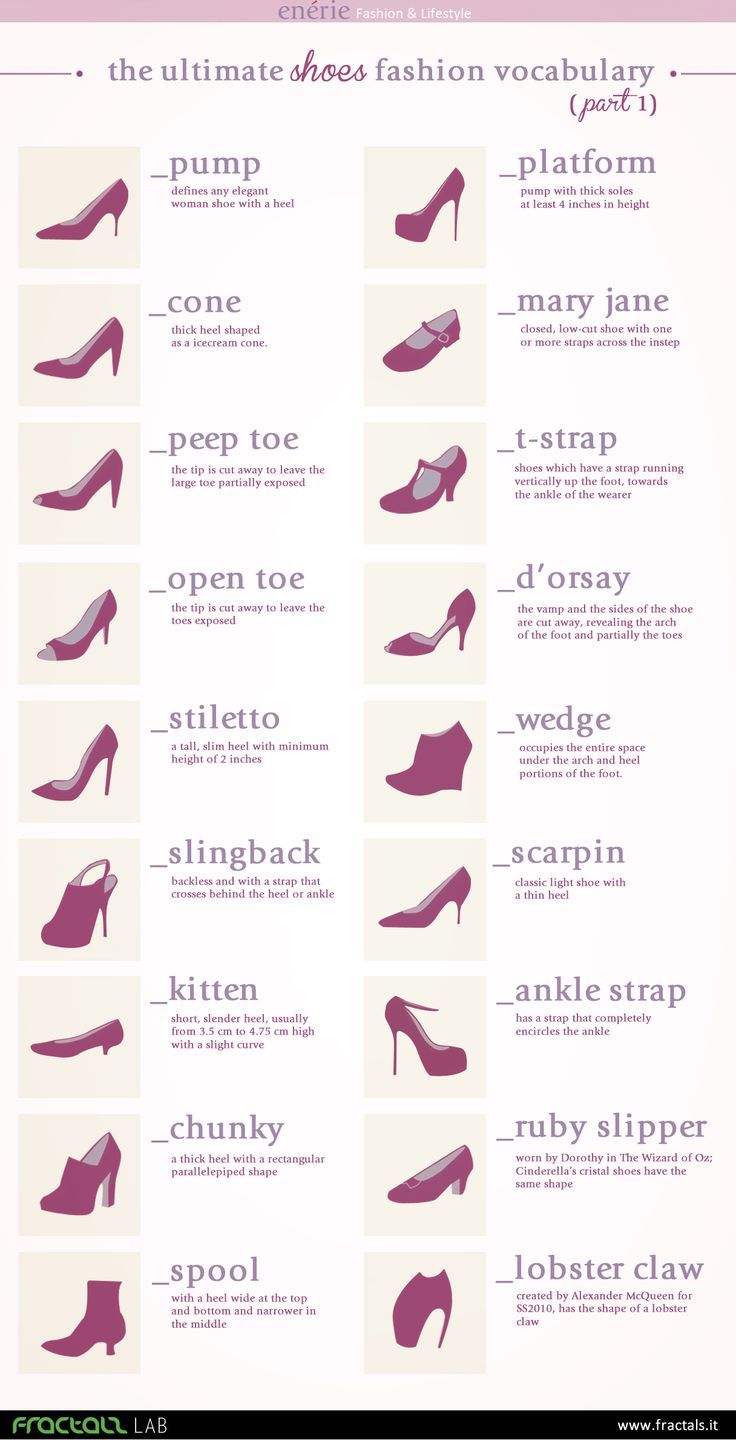

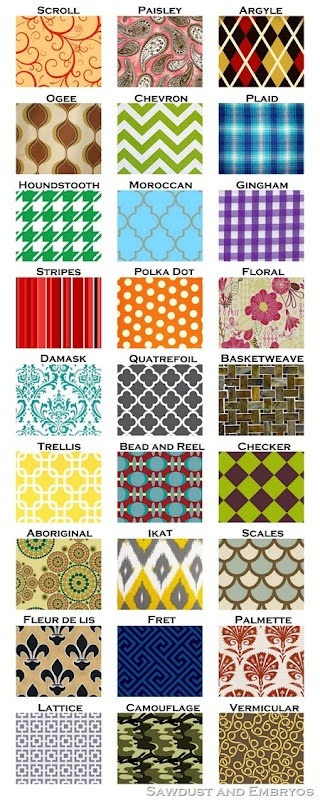
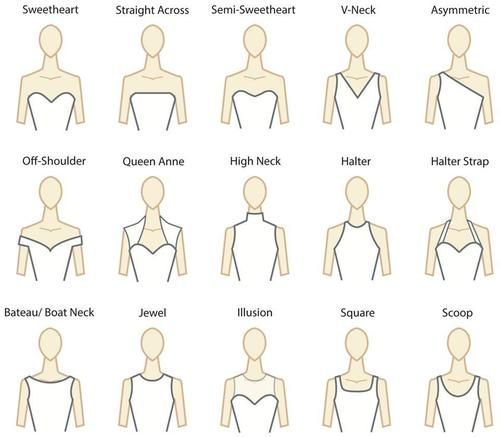
My collection of clothing references for writing.
90K notes
·
View notes
Text
Oh my fucking god, this is such a vibe, though.

2K notes
·
View notes
Text
DESCRIBING THE PHYSICAL ATTRIBUTES OF CHARACTERS:
Body
descriptors; ample, athletic, barrel-chested, beefy, blocky, bony, brawny, buff, burly, chubby, chiseled, coltish, curvy, fat, fit, herculean, hulking, lanky, lean, long, long-legged, lush, medium build, muscular, narrow, overweight, plump, pot-bellied, pudgy, round, skeletal, skinny, slender, slim, stocky, strong, stout, strong, taut, toned, wide.
Eyebrows
descriptors; bushy, dark, faint, furry, long, plucked, raised, seductive, shaved, short, sleek, sparse, thin, unruly.
shape; arched, diagonal, peaked, round, s-shaped, straight.
Ears
shape; attached lobe, broad lobe, narrow, pointed, round, square, sticking-out.
Eyes
colour; albino, blue (azure, baby blue, caribbean blue, cobalt, ice blue, light blue, midnight, ocean blue, sky blue, steel blue, storm blue,) brown (amber, dark brown, chestnut, chocolate, ebony, gold, hazel, honey, light brown, mocha, pale gold, sable, sepia, teakwood, topaz, whiskey,) gray (concrete gray, marble, misty gray, raincloud, satin gray, smoky, sterling, sugar gray), green (aquamarine, emerald, evergreen, forest green, jade green, leaf green, olive, moss green, sea green, teal, vale).
descriptors; bedroom, bright, cat-like, dull, glittering, red-rimmed, sharp, small, squinty, sunken, sparkling, teary.
positioning/shape; almond, close-set, cross, deep-set, downturned, heavy-lidded, hooded, monolid, round, slanted, upturned, wide-set.
Face
descriptors; angular, cat-like, hallow, sculpted, sharp, wolfish.
shape; chubby, diamond, heart-shaped, long, narrow, oblong, oval, rectangle, round, square, thin, triangle.
Facial Hair
beard; chin curtain, classic, circle, ducktail, dutch, french fork, garibaldi, goatee, hipster, neckbeard, old dutch, spade, stubble, verdi, winter.
clean-shaven
moustache; anchor, brush, english, fu manchu, handlebar, hooked, horseshoe, imperial, lampshade, mistletoe, pencil, toothbrush, walrus.
sideburns; chin strap, mutton chops.
Hair
colour; blonde (ash blonde, golden blonde, beige, honey, platinum blonde, reddish blonde, strawberry-blonde, sunflower blonde,) brown (amber, butterscotch, caramel, champagne, cool brown, golden brown, chocolate, cinnamon, mahogany,) red (apricot, auburn, copper, ginger, titain-haired,), black (expresso, inky-black, jet black, raven, soft black) grey (charcoal gray, salt-and-pepper, silver, steel gray,), white (bleached, snow-white).
descriptors; bedhead, dull, dry, fine, full, layered, limp, messy, neat, oily, shaggy, shinny, slick, smooth, spiky, tangled, thick, thin, thinning, tousled, wispy, wild, windblown.
length; ankle length, bald, buzzed, collar length, ear length, floor length, hip length, mid-back length, neck length, shaved, shoulder length, waist length.
type; beach waves, bushy, curly, frizzy, natural, permed, puffy, ringlets, spiral, straight, thick, thin, wavy.
Hands; calloused, clammy, delicate, elegant, large, plump, rough, small, smooth, square, sturdy, strong.
Fingernails; acrylic, bitten, chipped, curved, claw-like, dirty, fake, grimy, long, manicured, painted, peeling, pointed, ragged, short, uneven.
Fingers; arthritic, cold, elegant, fat, greasy, knobby, slender, stubby.
Lips/Mouth
colour (lipstick); brown (caramel, coffee, nude, nutmeg,) pink (deep rose, fuchsia, magenta, pale peach, raspberry, rose, ) purple (black cherry, plum, violet, wine,) red (deep red, ruby.)
descriptors; chapped, cracked, dry, full, glossy, lush, narrow, pierced, scabby, small, soft, split, swollen, thin, uneven, wide, wrinkled.
shape; bottom-heavy, bow-turned, cupid’s bow, downturned, oval, pouty, rosebud, sharp, top-heavy.
Nose
descriptors; broad, broken, crooked, dainty, droopy, hooked, long, narrow, pointed, raised, round, short, strong, stubby, thin, turned-up, wide.
shape; button, flared, grecian, hawk, roman.
Skin
descriptors; blemished, bruised, chalky, clear, dewy, dimpled, dirty, dry, flaky, flawless, freckled, glowing, hairy, itchy, lined, oily, pimply, rashy, rough, sagging, satiny, scarred, scratched, smooth, splotchy, spotted, tattooed, uneven, wrinkly.
complexion; black, bronzed, brown, dark, fair, ivory, light, medium, olive, pale, peach, porcelain, rosy, tan, white.
21K notes
·
View notes
Text
Person A: “Out of all the people I was expecting to bombard me with phone calls after the headline today, I can safely say that you’re the only one I genuinely hadn’t anticipated.”
Person B: “That’s because you’ve only ever known me under the guise of my current identity… Given the news though, I think it’s about time we had a talk.”
471 notes
·
View notes
Text
Person A: “I can’t believe you picked a fight during such an important meeting.”
Person B: “They were being rude to you. I couldn’t just stand back and say nothing.”
Person A: “Why is it only when it concerns me, that you seem to lose that famous patience and rationality of yours? You’re lucky that it ended up working out.”
373 notes
·
View notes
Text
Static vs. Dynamic Characters
What are Static and Dynamic Characters?
Static : These characters, as the story progresses, are the ones that do not change. This can be in the form of a minor side character, a support character, or a villain. Either way, they are usually a huge part of plots.
These characters are the ones that start off as a toxic best friend and at the end of the novel still are. Static doesn’t mean smaller changes. It means the bigger ones.
Dynamic : These characters, as the story progresses, change drastically. This is usually in the form of a protagonist, love interest, or villain. They are usually the going against the static characters and are changing the plot.
There characters are the ones that start off as abysmally cowardly and end up being brave by the end. Or, on the contrary. They end up brave and end up withdrawing and withering in their shell. Dynamic gnerally entails large character growth.
How do you write for these characters?
Static : It is important to note how these people will change the plot, not themselves.
How can they fight against character growth while also being an active or non-active part of the plot?
Will they change the plot for the worse or better (if at all)?
What role will they play? (protagonist, mentor, guardian, etc.)
What is their starting personality?
Will there be any minute changes in said personality?
Will they experience guilt or empathy for those they go against because their lack of change?
How do others react to their behavior throughout?
These are good starting questions. Even for simple characters that show up a few times and are generally in the background, their presences are important. And it’s even more so if they’re one of the main drivers of the plot.
Dynamic : It is important to not ehow these people will change the plot too, but this includes themselves.
How do they react and change because of the plot, whether active in it or not?
Will they change for the worse or better?
What role will they play?
What is their starting personality and what is their concluding personality?
How does it slowly change throughout?
Are there fluctuations and drawbacks (do they take one step forward and two steps back)?
How will they react to these changes if they become aware of it?
How will others react to it?
How do these character work together?
There’s no exact way to create a good ratio. there can be a balance or there can be man vs. society (I’ll be releasing a post about types of literature conflicts such as man vs. nature).
There can be both aggression of static vs. dynamic or there can be good communication. There can be reactions from both sides. THESE MINUTE RELATIONSHIP CHANGES ARE WHAT ALWAYS CREATE DRAMA AND MUST BE CONSIDERED.
It’s easier to realize if I give an example;
There is a married couple. Let’s say there’s a husband (static) and wife (dynamic). The husband starts and ends as being a worker bee, unthoughtful, dense, but intelligent, kind, and naive. The wife starts off as a humble, quiet, pushover who happens to also be naive, kind, an settles easily.
Throughout the plot, the man is busy working like he always was. The woman, though, begins to change and becomes unhappy with this. Because of her being a pushover, they hide it. However, their eyes wander and they find themselves pining over someone else.
Eventually, the damn bursts. The woman realizes that she’s setting her and her husband up for unhapiness. They talk. The woman is now passionate, outspoken, careless (dynamic). The man may react by either talking it out (becoming dynamic and fighting against the grain) or completely ignoring the problem (remaining static).
Now, as one last note : if you are writing for several books, it is fine to change whether a character becomes dynamic or static. Perhaps the once dynamic nerd became the brave, atheltic static hero who doens’t change for the rest of a trilogy. Perhaps the villain remains static until, in the last book, their heart is turned.
Static vs. Dynamic changes from series to series. Places these changes and dub your characters wisely. It makes all the difference for a plot.
35 notes
·
View notes

